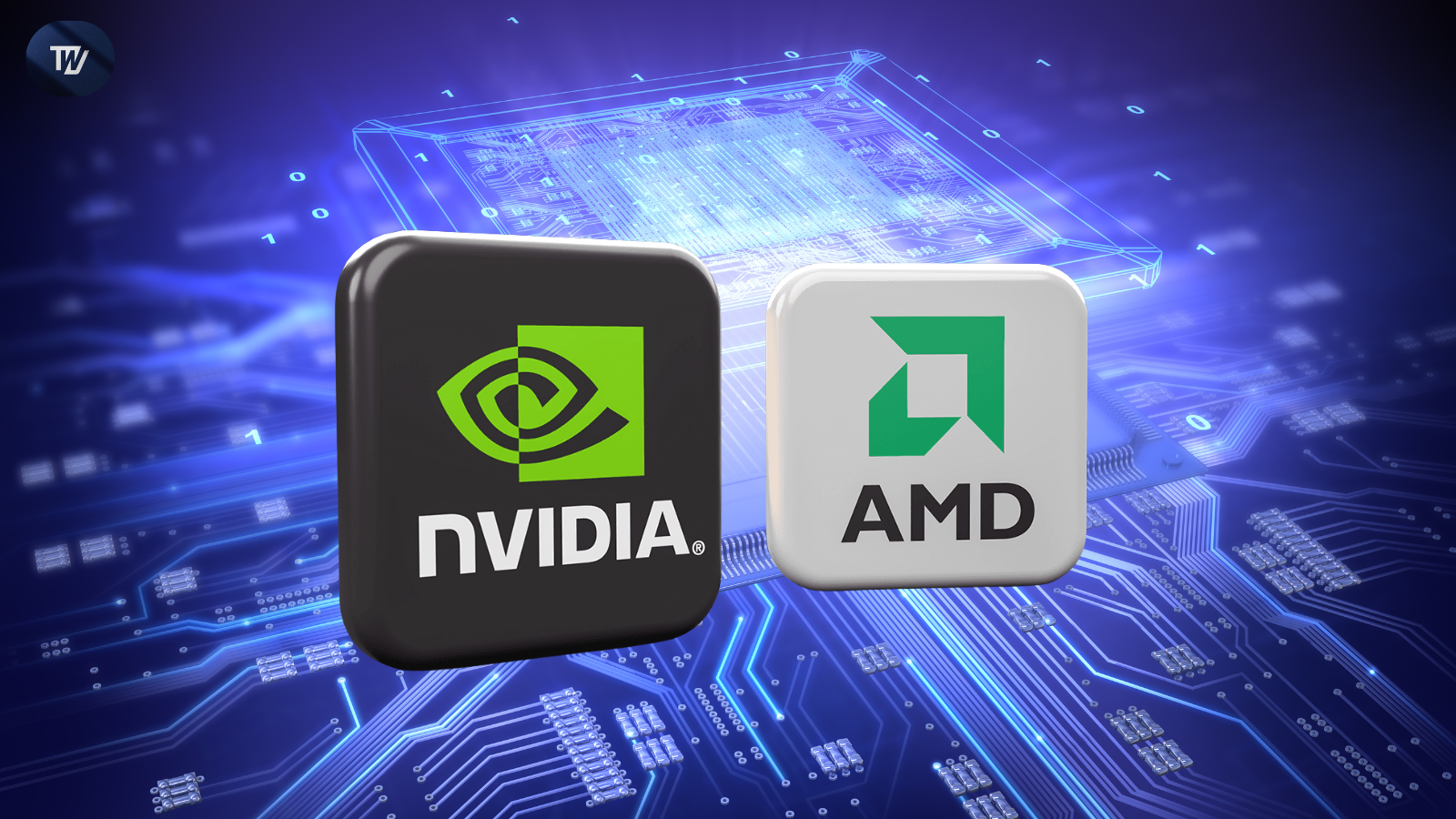The technology trade war between the United States and China just took a surprising new turn. In an unprecedented arrangement, Nvidia and AMD have agreed to pay 15% of their revenue from certain AI chip sales in China to the U.S. government. This so called China AI chip fee applies to Nvidia’s H20 AI accelerator and AMD’s MI308 model both designed for high performance AI workloads but carefully tuned to meet U.S export control requirements.
The move is raising eyebrows across the tech industry, with some calling it a pragmatic compromise and others warning it sets a dangerous precedent. In simple terms, the China AI chip fee is a licensing condition U.S semiconductor companies can still sell certain advanced chips to Chinese clients, but they must give up 15% of their revenue from those sales to Washington.
Instead of a blanket export ban, the U.S is effectively monetizing limited technology access. The rationale? Officials say it maintains U.S economic competitiveness while slowing China’s access to top tier AI computing power. Critics argue that if these chips are a national security risk, no amount of revenue sharing should justify their sale.
Why Nvidia and AMD Accepted the Deal
China remains one of the largest markets for AI accelerators. Completely losing access to it would mean billions in lost sales, not to mention strained relationships with major data center operators and cloud companies in the region. For Nvidia and AMD, agreeing to the China AI chip fee means they can keep a foothold in the market rather than be entirely locked out.
An industry insider put it bluntly Fifteen percent is painful, but losing the whole market is worse. This sentiment reflects the strategic thinking behind the decision a controlled, reduced profit presence is better than none.
Both the H20 and MI308 are interesting examples of compliance engineering. These chips were intentionally designed to fall just below the U.S. government’s strict performance thresholds that would trigger an outright export ban. They’re still powerful enough to run large scale AI inference and smaller training jobs but lack the raw horsepower of Nvidia’s H100 or AMD’s MI300X.
By applying the China AI chip fee to these models, Washington creates a controlled release valve Chinese firms can buy capable chips, but at a cost that benefits U.S. coffers and slows the pace of AI development in China. Industry analysts and policy experts are split over whether this deal is genius or folly.
Some believe the U.S is walking a dangerous line. If a chip is risky enough to regulate, it shouldn’t be available at any price, says Dr. Karen Liu, a technology policy researcher. She warns that this arrangement could normalize selling sensitive technology in exchange for money a trade off that might be exploited by adversaries.
Others view it as pragmatic. This is a controlled market solution. It keeps U.S. companies competitive while ensuring the government directly benefits from sales, says Michael Tran, a semiconductor market analyst. He notes that this could become a template for other dual use technologies.
A Personal Perspective From the Industry
Imagine you’re a senior engineer at a Chinese AI startup. You’ve been waiting months for a shipment of accelerators to build a new natural language processing model. The announcement of the China AI chip fee feels like a mixed blessing: the chips will arrive but at a higher cost, and potentially with stricter usage oversight.
From the U.S side, a sales manager at Nvidia might feel relief. Instead of losing major Chinese clients entirely, they can still sign contracts, even if margins take a hit. The compromise preserves customer relationships and ensures some continuity in business operations.
Potential Ripple Effects
1. Pricing Changes
Chinese buyers may see higher costs as the fee is factored into final prices. This could make locally produced chips more competitive in the long term, accelerating China’s domestic semiconductor push.
2. Global Precedent
This model allowing sales in exchange for a government cut could be replicated in other strategic industries such as quantum computing, advanced robotics, or even biotechnology.
3. Diplomatic Fallout
Beijing could interpret the China AI chip fee as an economic penalty rather than a security measure, prompting retaliatory trade restrictions on U.S goods.
4. Investor Reactions
While some investors fear reduced profit margins, others see stability in maintaining market access, even under altered terms.
The Slippery Slope Debate
Critics warn that this approach blurs the line between regulation and monetization. Traditionally, export controls are about security, not revenue. By introducing a transactional element, the U.S risks undermining the moral high ground in technology governance.
On the other hand, supporters point out that bans often push buyers toward alternative suppliers and once those relationships are built, they rarely come back. The China AI chip fee may buy time for U.S firms to maintain influence in the Chinese market while global supply chains evolve.
Several questions remain unanswered, Will this arrangement extend to other AI chip models in the future? How will China respond through policy, procurement shifts, or accelerated domestic R&D? Could the U.S apply similar revenue sharing deals to other countries or industries?
The answers will shape not just semiconductor trade but the broader geopolitical tech landscape for years to come. The China AI chip fee represents a novel and controversial compromise in the ongoing U.S China technology rivalry. For Nvidia and AMD, it’s a calculated move to preserve market access in exchange for slimmer profits.
For Washington, it’s an experimental tool that blends economic strategy with national security goals. Whether this model becomes a standard feature of export controls or fades as a one time exception will depend on its real world outcomes in profits, politics, and the pace of AI innovation on both sides of the Pacific.

